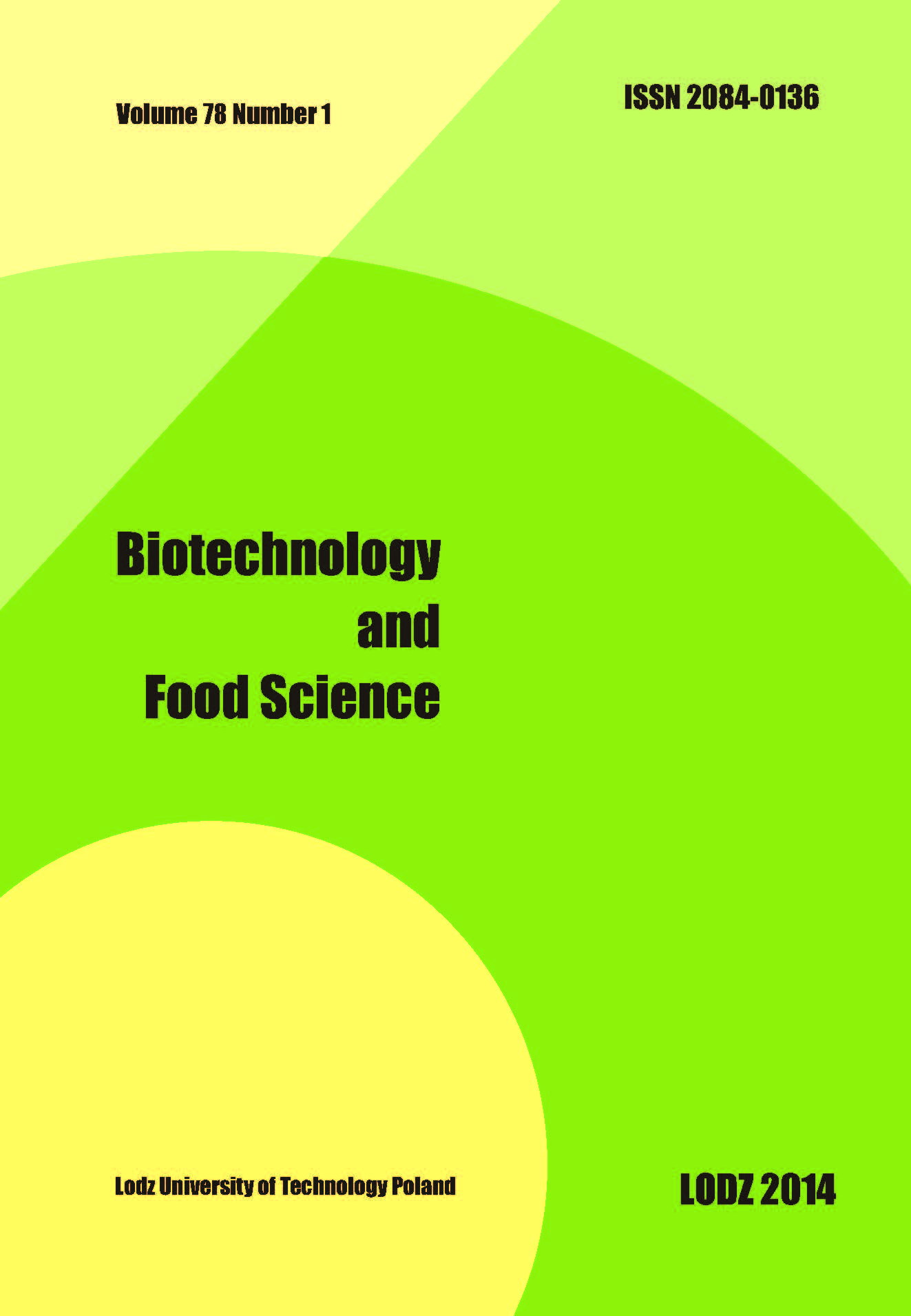Abstract
Cosmetic industries are not obliged to produce sterile cosmetics. Nevertheless, they are liable to assure safety of the product to the potential consumer. The purpose of the study was isolation and identification of microorganisms with the ability to survive and develop in cosmetics. Five cosmetics applied for facial skin and one cosmetic for body care were tested for the presence of contaminating microbiota. Eight microbial strains were isolated from three cosmetics, from which seven were derived from cosmetic applied on the facial skin. One strain was isolated from body care cosmetic. The recovered microbial strains were characterized and identified to the species level as Pseudomonas aeruginosa, Serratia liquefaciens and Candida parapsilosis. The isolates were opportunistic pathogens and may cause skin irritation and infections, especially via wounded epithelium in immunocompromised consumers. Moreover, due to application area, they pose a health risk to the consumer due to easy access to the eye area as well as nasal and oral cavities through usage of cosmetic preparation.
References
The Council of the European Communities. Council Directive of 27 July 1976 on the approximation of the Laws of the Member States relating to cosmetic products 76/768/EEC. Off J Eur Comm 1976, No. L 262/170.
Mitsui T. New Cosmetic Science. Elsevier Science B.V., Amsterdam, The Netherlands, 1997, pp. 121-146.
Muhammed HJ. Bacterial and fungal contamination in three brands of cosmetic marketed in Iraq. Iraqi J Pharm Sci 2011, 20:38-42.
Pinon A, Alexandre V, Cupferman S, Crozier A, Vialette M. Growth, survival and inactivation of Pseudomonas aeruginosa and Staphylococcus aureus strains of various origin in the presence of ethanol. Int J Cosmetic Sci 2007, 29:111-119.
Rope, Bradford L. Conquering contamination part I. Glob Cosmet Ind 2002, 170:40-43.
Osungunna MO, Oluremi BB, Adetuyi A. Bacteriological and antibiotic sensitivity patterns of bacterial isolates from creams and lotions hawked in Sagamu, Ogun State. Pak J Nutr 2010, 9:773-775.
Yorgancioglu A, Bayramoglu EE. Production of cosmetics purpose collagen containing antimicrobial emulsion with certain essentials oils. Ind Crop Prod 2013, 44:378-382.
Lundov MD, Moesby L, Zachariae C, Johansen JD. Contamination versus preservation of cosmetics: a review on legislation, usage, infections, and contact allergy. Contact Dermat 2009, 60:70-78.
Siegert W. Evaluation of the microbiological safety of finished cosmetic products. Euro Cosmetics 2010, 18:16-19.
Draelos ZD. Cosmetics, categories, and the future. Dermatol Ther 2012, 25:223-228.
Lundov MD, Zachariae C. Recalls of microbiologically contaminated cosmetics in EU from 2005 to May 2008. Int J Cosmetic Sci 2008, 30:471-474.
http://ec.europa.eu/consumers/safety/rapex/index_en.htm, access 2014.02.12.
Mahlen SD. Serratia infections: from military experiments to current practice. Clin Microbiol Rev 2011, 24:755-791.
Kidd TJ, Ritchie SR, Ramsay KA, Grimwood K, Bell SC, Rainey PB. Pseudomonas aeruginosa exhibits frequent recombination, but only a limited association between genotype and ecological setting. Plos One 2012, 7:1-14.
Trofa D, Gácser A, Nosanchuk JD. Candida parapsilosis, an emerging fungal pathogen. Clin Microbiol Rev 2008, 21:606-625.
Valderrama MJ, Marquina D, Peinado JM. Isolation, characterization and effect of Candida parapsilosis isolated from a deteriorated cosmetic. Int Biodeter Biodegr 1997, 40:151-155.
De Bentzmann S, Plesiat P. The Pseudomonas aeruginosa opportunistic pathogen and human infections. Environ Microbiol 2011, 13:1655-1665.
Mierzejewski J (ed.). Cosmetics microbiology. Uniwersytet Technologiczno-Humanistyczny im. Kazimierza Pułaskiego, Radom, Poland, 2013, pp. 166-219.

